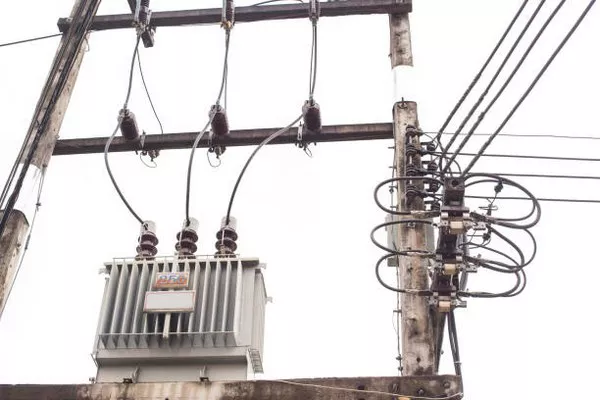Portable generators are invaluable tools during power outages, camping trips, or outdoor events. However, ensuring their safe operation is paramount to avoid potential hazards. One crucial aspect of generator safety is proper grounding. Grounding a portable generator helps prevent electrical accidents, protects equipment, and ensures a stable power supply. In this comprehensive guide, we will discuss the importance of grounding, the steps involved, and best practices to keep you and your surroundings safe.
Understanding the Importance of Grounding
Grounding a portable generator is essential for several reasons. Firstly, it helps prevent electrical shock by providing a safe path for electric current to flow into the ground, reducing the risk of injury to individuals coming into contact with the generator or connected equipment. Secondly, grounding minimizes the potential for electrical fires by preventing the build-up of excess voltage. Additionally, proper grounding helps protect the generator and connected appliances from damage due to voltage spikes.
Steps to Ground a Portable Generator
Read the Manufacturer’s Guidelines:
Before attempting to ground your portable generator, familiarize yourself with the manufacturer’s guidelines outlined in the user manual. Each generator model may have specific grounding instructions, and following them is crucial for optimal safety and performance.
Select a Suitable Grounding Location:
Choose a location for your generator that is well-ventilated and away from combustible materials. Look for a dry, level surface and ensure that the area is free from water puddles or damp conditions. Keep the generator at least 20 feet away from your home or any occupied structure to prevent carbon monoxide exposure.
Use a Grounding Rod:
Most generators come equipped with a grounding terminal. To ground the generator, you will need a grounding rod and grounding wire. Install a copper or galvanized steel grounding rod into the ground, ensuring that at least 8 feet of the rod is buried. Connect the grounding wire to the generator’s grounding terminal and secure the other end to the grounding rod.
Verify Grounding Continuity:
Once the generator is connected to the grounding rod, it’s crucial to verify the continuity of the grounding system. Use a continuity tester to check the resistance between the generator frame and the grounding rod. If there is resistance, recheck the connections and ensure that the grounding rod is securely in place.
Consider a Ground Fault Circuit Interrupter (GFCI):
Adding an extra layer of safety, consider using a Ground Fault Circuit Interrupter (GFCI) with your portable generator. A GFCI can detect imbalances in electrical currents, instantly shutting off power to prevent electric shock. It is especially useful when using the generator in wet conditions.
Best Practices for Safe Generator Operation
Regular Maintenance: Keep your portable generator in optimal condition by adhering to a regular maintenance schedule. This includes checking for loose connections, inspecting the grounding system, and replacing any worn-out components.
Invest in Quality Extension Cords: When connecting appliances to your generator, use high-quality, outdoor-rated extension cords. Make sure the cords are in good condition, free from cuts or frays, and avoid overloading them to prevent overheating.
Never Operate Indoors: Generators emit carbon monoxide, a colorless and odorless gas that can be deadly. Never operate a portable generator indoors, including in garages, basements, or enclosed spaces. Ensure the generator is placed in a well-ventilated area to dissipate exhaust fumes.
Keep the Generator Dry: Water and electricity are a dangerous combination. Always operate the generator on a dry surface and use weatherproof covers when necessary. If rain or wet conditions are anticipated, consider using a generator tent or shelter to protect it from the elements.
See Also How Long Does A Generator Run
Conclusion
Grounding a portable generator is a critical step in ensuring the safety of both users and equipment. By following the manufacturer’s guidelines and the steps outlined in this guide, you can reduce the risk of electrical accidents, fires, and equipment damage. Regular maintenance and adherence to safety best practices further contribute to the reliable and secure operation of your portable generator. Prioritize safety, and enjoy the convenience and versatility that a well-grounded generator can provide in various situations.

